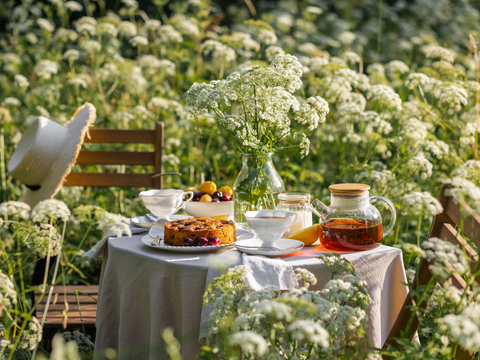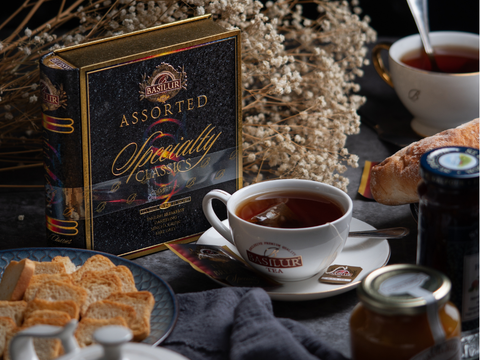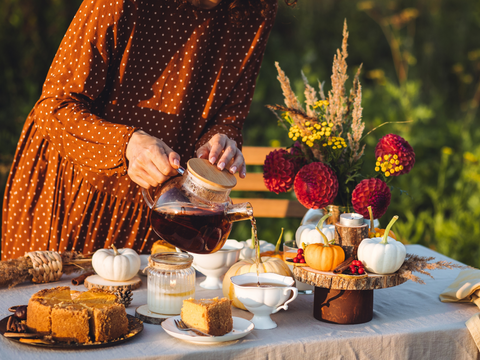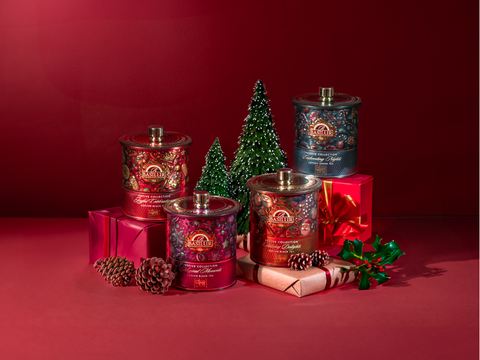
Mar 17, 2025
With the arrival of spring, bringing vibrant blooms and fresh produce, it is the perfect...

Jan 22, 2025
Tea lovers understand that every cup tells a story. With Basilur Tea’s Specialty Classics range,...

Nov 27, 2024
Thanksgiving is a time to gather, give thanks, and indulge in the season’s most beloved...

Nov 07, 2024
With Christmas just around the corner, it’s time to start thinking about gifting. Tea gift...